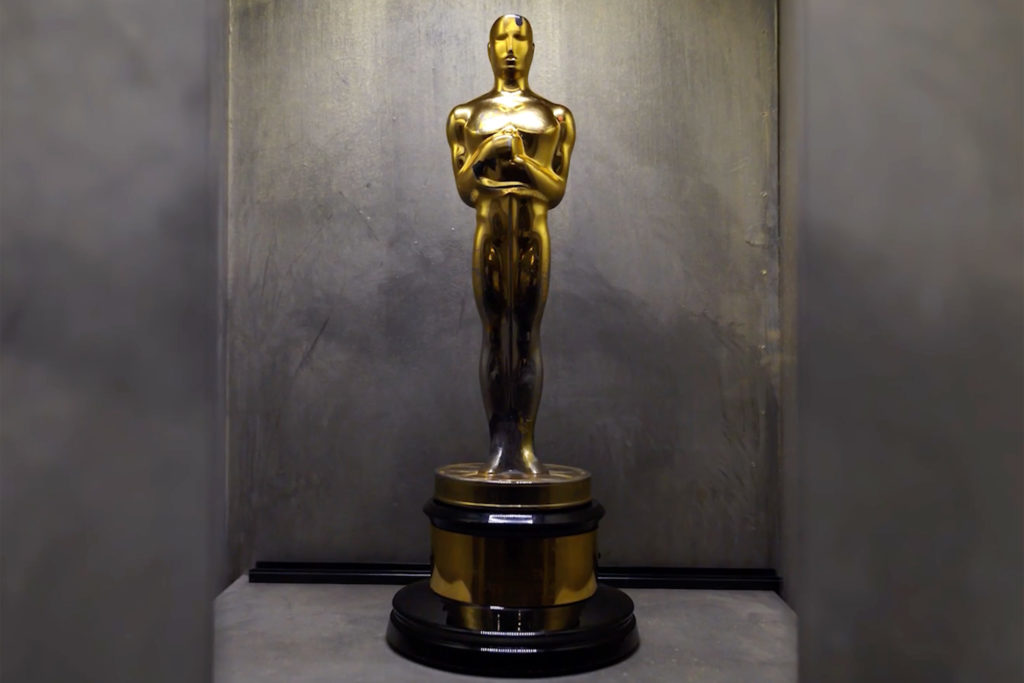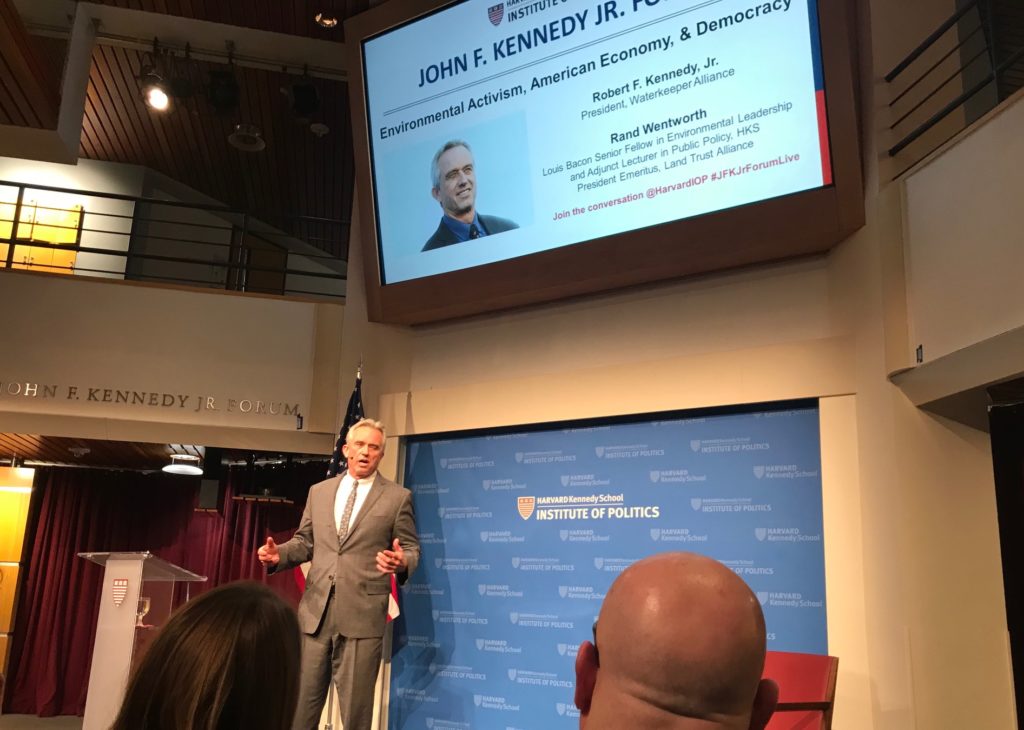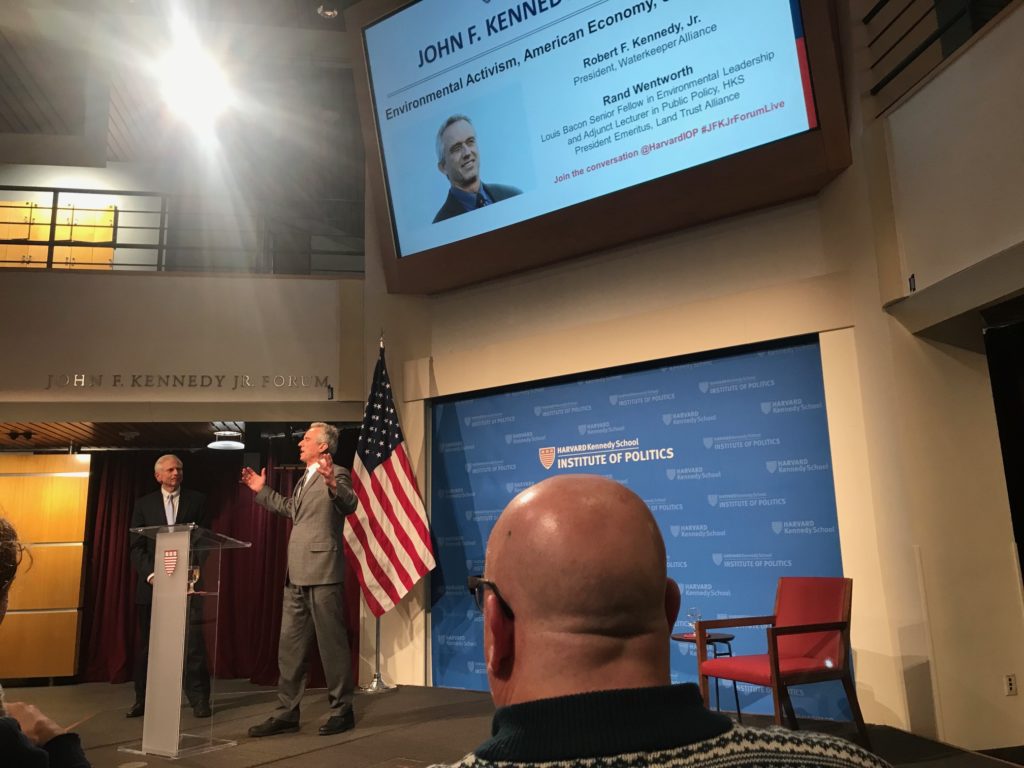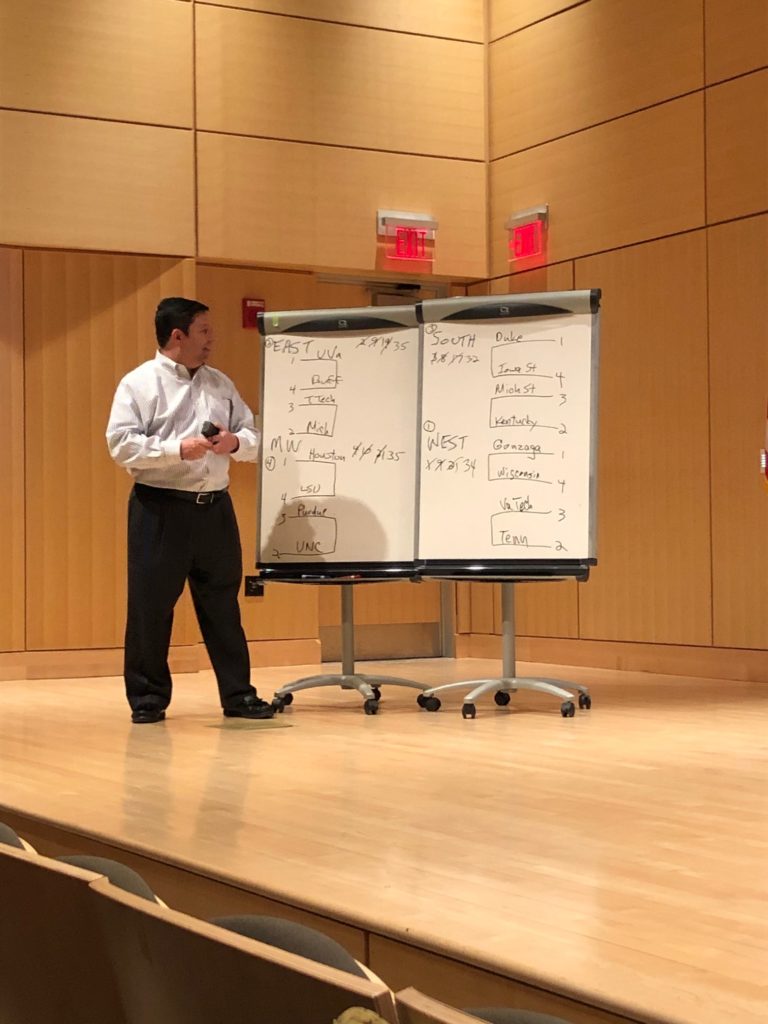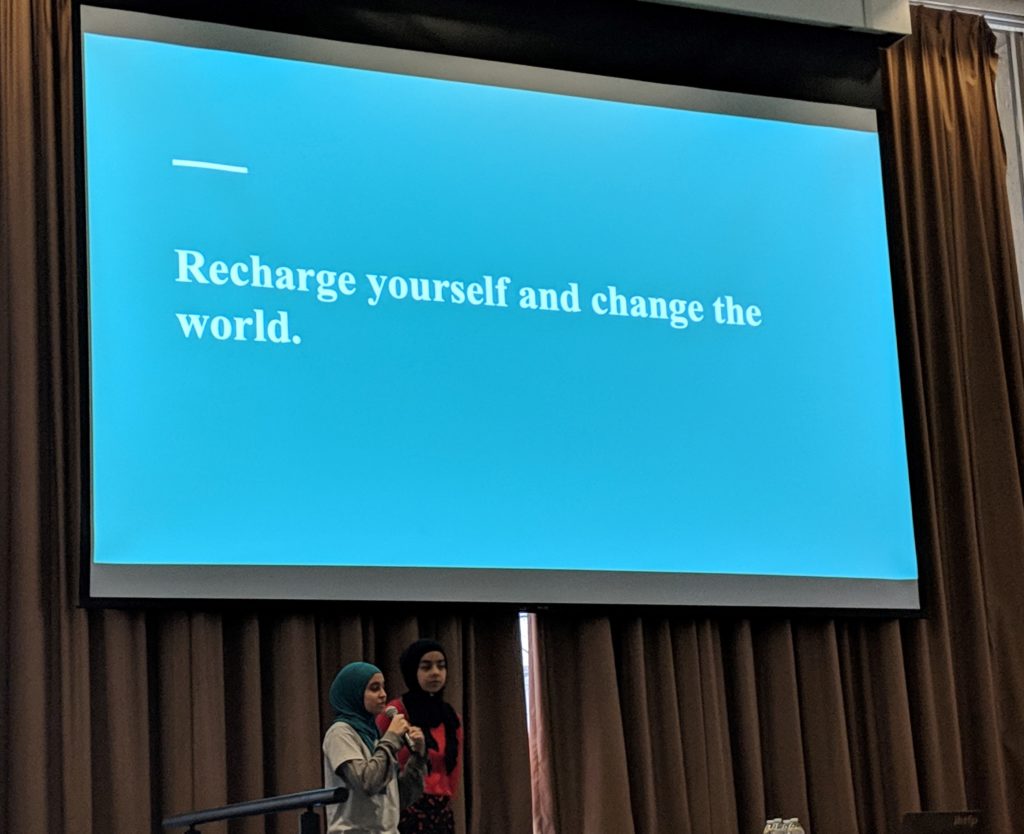Does Ansel Adams need another retrospective? As perhaps our country’s most well-known landscape photographer, his expansive, cathedral-like depictions of the American West are as culturally ubiquitous as today as they have been in the thirty-five years since this passing. From the default desktop images on our computer operating systems to the stock photos on new picture frames, Ansel Adams, much like the mountains in his work, cast a long shadow.
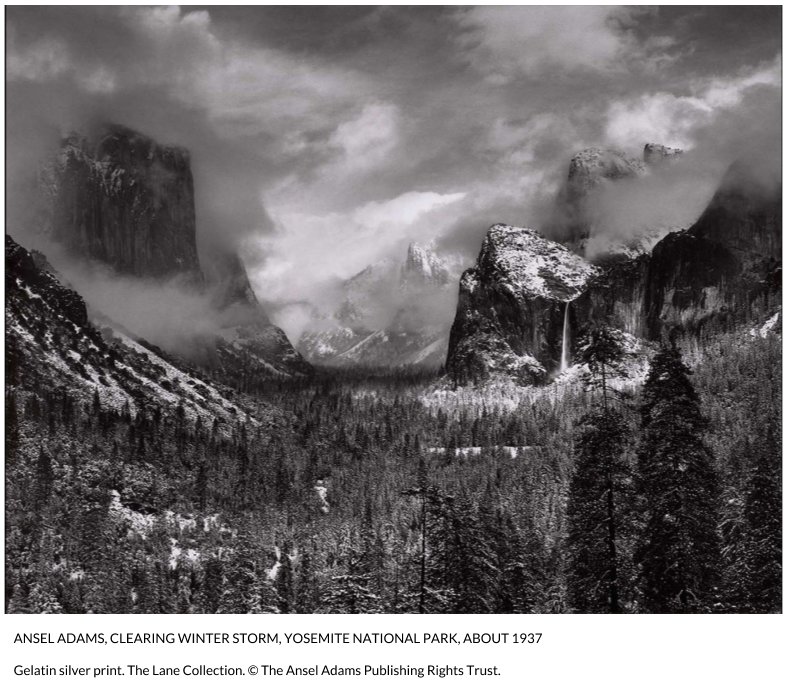
Ansel Adams in Our Time, on display at the Museum of Fine Arts in Boston, takes on this implicit challenge by orienting the artist to be seen ‘through a contemporary lens.’ The show creates a visual bibliography of the artists work and situates it in the legacy of the government surveyors-photographers who came before him, and a range of contemporary photographers who have come after. At nearly 200-pieces, over 100 of which are his own, the exhibition has room to show the artist at his most iconic, “Clearing Winter Storm” and “Monolith, the Face of Half Dome”, while also including his lesser-known works from San Francisco.
The exhibition starts in a dim, verdant green gallery with prints arranged in no-frill rows. The orderly queue which forms as soon as one turns into the room, coupled with the low hum of bodies shuffling forward, create an atmosphere, not unlike a popular hike on a busy day. The most well-known prints are shown early and serve as cairns — they affirm the popular conception of Adams’ work and, when they peter out, signify that what lies beyond is outside the well-worn path. On the wall opposite the celebrity prints, contemporary artist Sharon Harper’s series of full-colour lichen-covered boulders serve as a counterbalance to the otherwise severe tone of the gallery. While the didactic texts adjoining Harper’s series explains that the style and inclusion of the lichen boulders are due to their treatment as “specimens in a 19th-century natural history museum” the linkage feels tenuous and otherwise incongruous with the rest of gallery. This mismatch is an example of where the ambitious prospect of making Ansel Adams feel fresh, falls short.
To pick a guiding narrative for the show, the pieces exhibited underscore that ‘nature’ and its cousin ‘wilderness’ exist as concepts of our design; our politics and our aesthetics slant how we depict of them. This works best when different artists photograph the same site. This is done, by my count, twice, once with a juxtaposition of Adams with Carleton Watkins and once with Adams and English photographer Eadweard J. Muybridge. In both instances, Adams is shooting after the elder photographer and, in both instances, Adams’ version carefully removes signs of logging roads. To what end is Adams hoping to achieve with his edits? As a vocal political supporter of the parks, is his decision to show them as they could be instead of as they are to be read as a wishful thinking or a way to inspire others to value them? Or does he just think they look better without the signs of human influence?
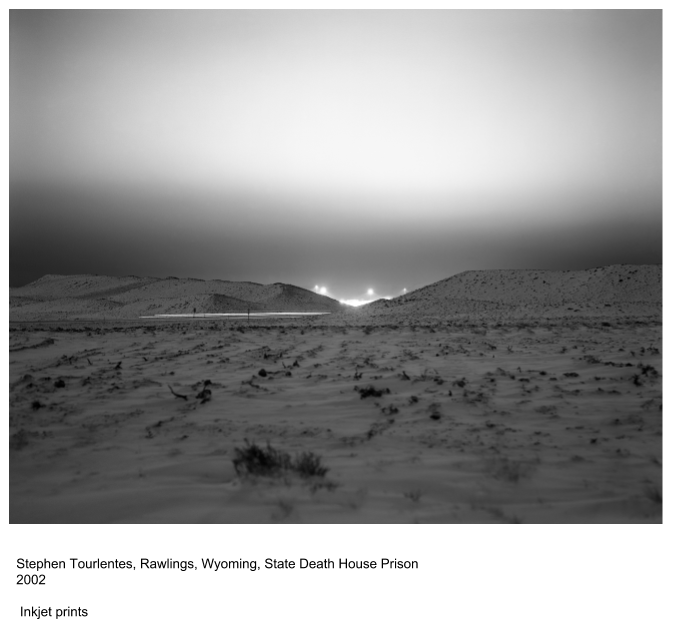
Furthermore, What does this all say about the American West today? While we have more parks (there are now 61 national parks in the United States) we are still negotiating land rights, regularly deal with drought, and continue to exploit natural resources. From the lens of the collection of contemporary artists saved for the final room, the time for aesthetic retouchings of the West is over. The political, economic, and environmental stakes are too are simply too high to be ignored. Stephen Tourlentes captures the eerie light from a remote Colorado Super Max prison at night, a reminder that mass incarceration is perhaps an even more insidious issue when it is intentionally placed out-of-sight. The harsh fiscal and environmental realities of the desert are portrayed by Bryan Schumaat using a modern ghost town-turned-dump and Victoria Sambunaris’ rich birds-eye view of Wendover, Utah, a city on the edge of the desert and mountain range. Mitch Epstein’s ‘Altamont Pass Wind Farm, California’ points out the absurdity of the underlying motivations in our society that cause us to develop and maintain a golf course in the desert, next to a wind farm. These photographs are deeply emotional, their resonance to our day and age should have warranted greater emphasis in the exhibit. Ansel Adams captured the zeitgeist of the West during his time. While he doesn’t map cleanly to ours, the broad themes run current today.

